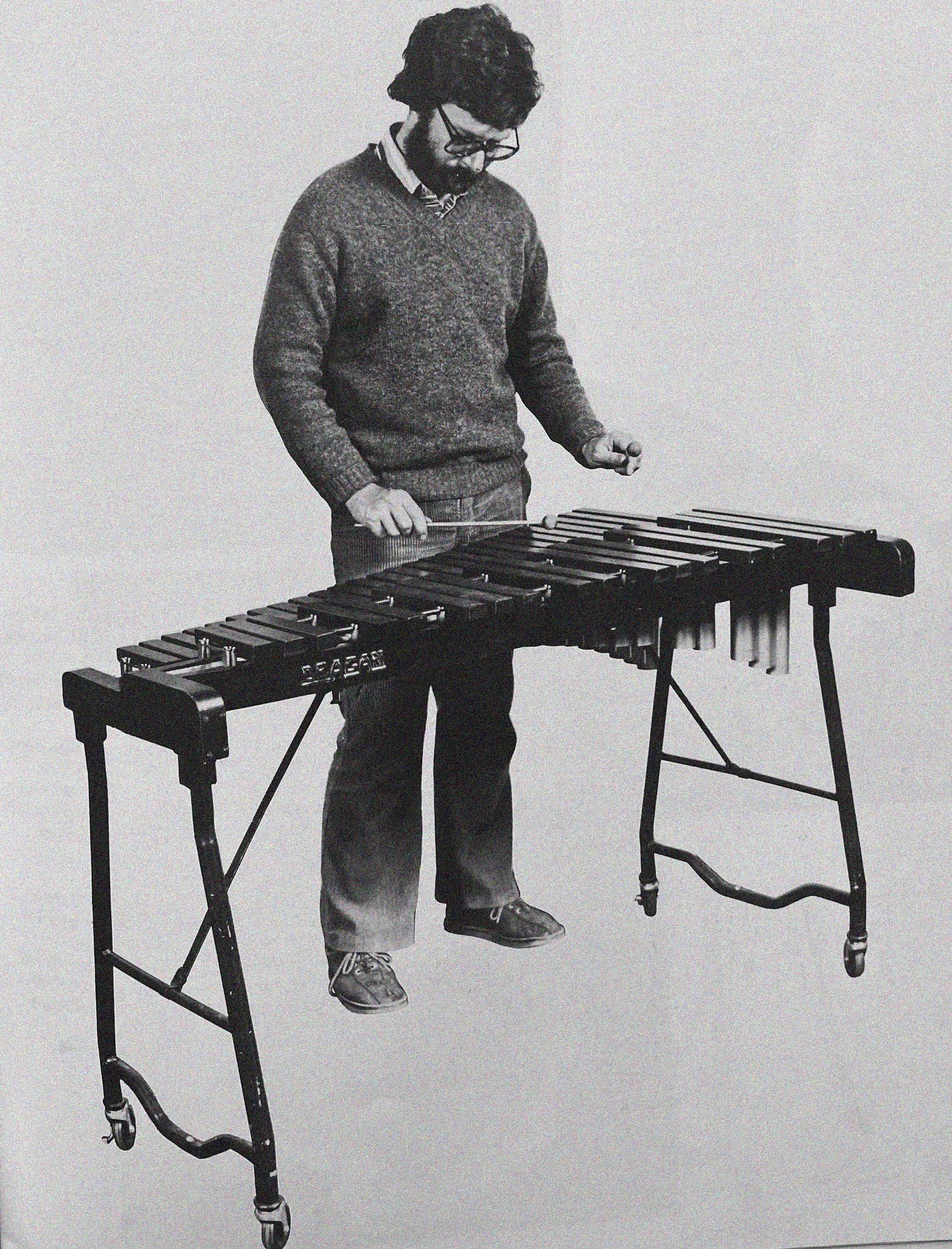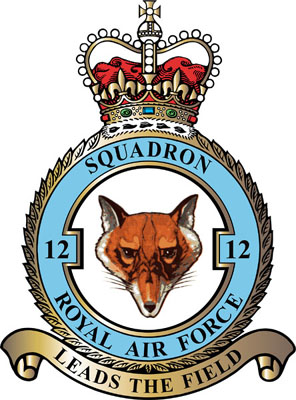No.12 Squadron RAF
On the first day of the Second World War the squadron moved to France to begin operations.
On 12 May 1940, over the Albert Canal, Belgium, one bridge in particular was being used by the invading German army, with protection from fighter aircraft, anti-aircraft and machine-guns. The RAF was ordered to demolish this vital bridge, and five Fairey Battles from the squadron were dispatched. They met an inferno of anti-aircraft fire, but the mission was accomplished, much of the success being due to the coolness and resource of the pilot Flying Officer Garland of the leading aircraft and the navigation of Sergeant Gray. Unfortunately the leading aircraft and three others did not return. Flying Officer Garland and Sergeant Gray were both posthumously awarded the Victoria Cross.
The squadron returned to England in June. It was stationed initially at RAF Finningley, arriving at RAF Binbrook on July 1940 when it was refurnished with Battles. Amongst other missions, it carried out anti-invasion strikes against shipping in Boulogne Harbour, most notably on 17 and 19 August. The Squadron was one of the last No.1 Group units to conduct operations with Fairey Battles. These took place on 15/16 October 1940, when No.301 (Polish) Squadron bombed Boulogne and Nos. 12 and 142 Squadrons bombed Calais. By November 1940, the Squadron had been completely re-equipped with the Vickers Wellington, remaining for the time being at RAF Binbrook. The squadron moved again in 1942, to RAF Wickenby, and soon after converted to operate the Avro Lancaster.



